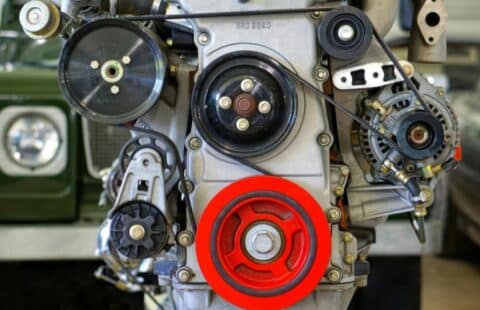
Unlocking Efficiency: Reverse Engineering for Gearbox Rebuilding and Repair
In the world of industrial machinery, the reliability of gearboxes is paramount. When faced with refurbishing or repairing these critical components, understanding reverse engineering can be a game-changer. This process isn’t just about fixing what’s broken—it’s about revitalizing gearboxes to perform better than ever before.
Understanding Reverse Engineering
Reverse engineering is the meticulous process of disassembling and analyzing existing gearboxes to uncover their design, functionality, and manufacturing techniques. This methodical approach allows engineers to understand how gearboxes operate, pinpoint any issues or failures, and devise effective strategies for rebuilding or repairing.
Steps Involved in Reverse Engineering
1. Disassembly: Carefully dismantling the gearbox while documenting the condition and arrangement of each component.
2. Analysis: Thoroughly examining parts to identify wear, damage, or deviations from original specifications.
3. Measurement: Utilizing precise tools to measure critical gearbox components’ dimensions, tolerances, and material properties.
4. Documentation: Creating detailed drawings, CAD models, or digital representations to capture the gearbox’s structure and intricacies.
5. Analysis Software: Employing specialized software for simulations, stress analysis, and performance predictions to inform the rebuilding process.
Application in Rebuilding and Repairing Gearboxes
Reverse engineering plays a pivotal role in the revitalization of gearboxes:
- Issue Identification: Pinpointing root causes of gearbox failures or inefficiencies through thorough analysis.
- Design Enhancement: Modifying components for enhanced performance, durability, or efficiency based on insights gained.
- Manufacturing Replacement Parts: Producing precise replicas of worn or damaged components using the acquired data.
- Quality Control: Ensuring rebuilt gearboxes meet or exceed original specifications to restore optimal functionality.
Benefits of Reverse Engineering Services
1. Cost-Effective Solutions: Avoiding costly replacements by refurbishing existing gearbox components.
2. Enhanced Performance: Upgrading gearbox performance with modern technologies and improved materials.
3. Sustainability: Extending the lifespan of gearboxes through efficient repairs and rebuilds, reducing environmental impact.
Challenges and Considerations
While reverse engineering offers substantial benefits, it also presents challenges:
- Complexity: Gearboxes are intricate systems with numerous components and precise tolerances.
- Precision Requirement: Achieving accuracy in measurement and reproduction of gearbox parts is crucial for successful rebuilding.
- Intellectual Property: Respecting intellectual property rights and confidentiality agreements with original equipment manufacturers.
Choosing a company like MayDay that is proficient in reverse engineering for gearbox rebuilding and repair is pivotal for ensuring the longevity and efficiency of your industrial machinery. We harness the power of reverse engineering to transform your outdated or malfunctioning gearboxes into reliable assets that meet and exceed your operational needs.
Embrace the potential of reverse engineering to unlock efficiency and reliability in your gearbox maintenance strategy.

